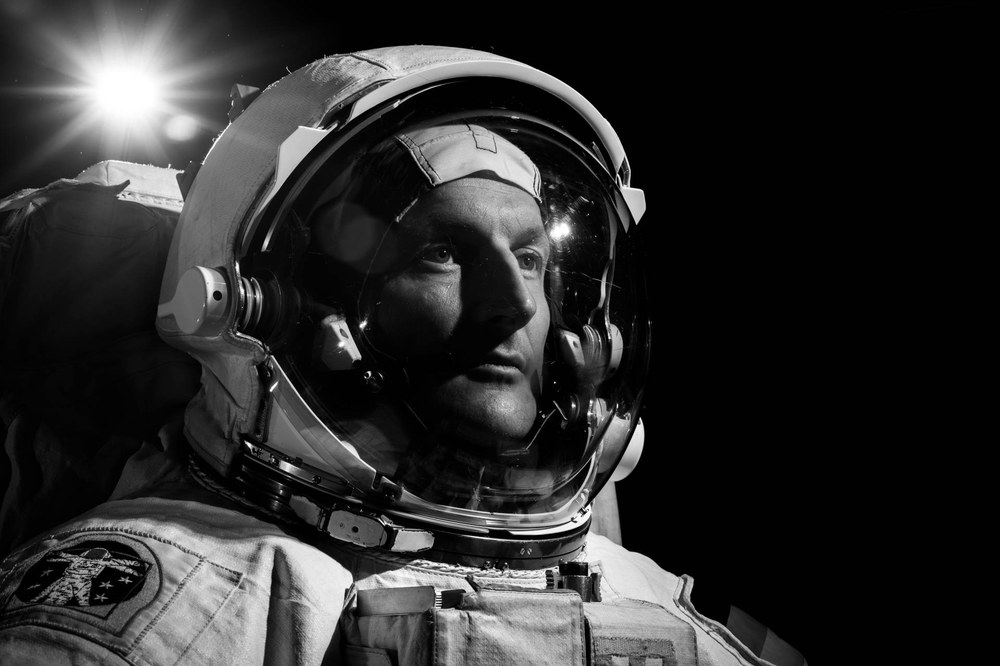Matthias Maurer


Matthias Maurer's space journey began in 2008 when he participated in ESA's selection process for European astronauts and passed all selection tests to make it through to the final 10. In 2010 he joined ESA, but not as a member of the astronaut corps, but initially as a crew support engineer and eurocom for the Columbus flight control team. In 2012 he took a lead role in ESA Astronaut Centre (EAC) projects to prepare for future spaceflight operations with new international partners.
Mauer formally joined the European astronaut corps in 2015. In the following three years, he successfully completed both the basic astronaut training and pre-assignment training, which covers mission-independent elements. His mission-specific training began in December 2020, with the official announcement of the 'Cosmic Kiss' mission to the International Space Station ISS. He completed this training at the EAC in Cologne, at NASA's Johnson Space Center in Houston, at SpaceX in California, as well as in Russia, Japan and Canada.
Matthias Maurer's launch from Cape Canaveral as a member of SpaceX Crew-3 is a first – he will be the first German astronaut to fly to the ISS in a Dragon space capsule as part of NASA's commercial crew programme.
Studies, doctorate and previous professional experience
Matthias Maurer was born on 18 March 1970 in Sankt Wendel in Saarland. He studied materials science and technology at Saarland University, the University of Leeds (UK), the European School for Materials Technology in Nancy (France) and UPC Barcelona (Spain). In 1996 he graduated with an engineering degree in materials technology and in 1998 with two further engineering degrees in materials science and materials technology. He also holds a master's degree in economics for engineers and natural scientists from the Open University in Hagen.
In 2004, Matthias Maurer received his doctorate in materials science from the Institute of Surface Engineering at RWTH Aachen University. He is also the inventor of more than 10 patent applications, half of them international registrations. From 2006 to 2010, he worked as a project engineer in a medical technology company, researching materials and techniques for manufacturing disposable medical products and blood filters for dialysis.
To the Moon and Mars
Matthias Maurer has also gained a great deal of expertise regarding future crewed exploration projects as project manager for ESA's LUNA lunar simulation facility in Cologne and as a participant in geological field exercises such as NASA's NEEMO 21 analogue mission in 2016, during which he spent 16 days underwater testing exploration strategies and tools for future Mars missions. The Moon is a worthwhile destination for Matthias Maurer for several reasons – on the one hand it can serve as a 'history book' for geologists by revealing a lot about the origin of the Solar System, and on the other as a logistical 'stopover' on the way to Mars.
For Matthias Maurer, the cooperation between nations in space is particularly important: "If we want to work outside of Earth, then we must also stick together on our home planet" is his message. The ISS has shown that it is possible to work together on a project that unites humanity and creates trust, says Maurer.
